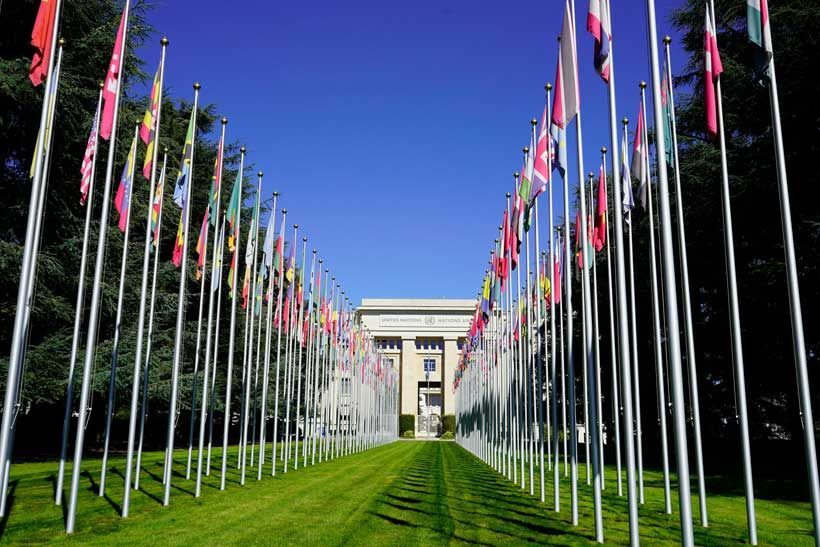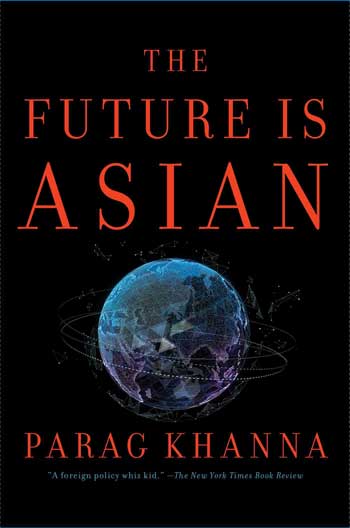China Pushes Belt and Road, Leads Global South Think Tank Alliance at UN Day 2025
China, through its Belt and Road Initiative, is playing a role in promoting “global prosperity,” as this is the shared goal of the Global South. During the United Nations’ celebration of Global South Day on September 12, 2025, China calls on countries of the Global South to actively participate in and lead the reform of the global economic governance system, which will further unite developing countries and make them companions on the path to development and recovery. Under the leadership of President Xi Jinping, China also supports civilizational dialogue and harmony with diversity among various developing countries of the Global South under the umbrella of China’s Belt and Road Initiative, as this represents the true nature of the world pursued by the Global South. China proposed “enhancing communication and dialogue and supporting each other in taking a modernization path appropriate to national conditions.” China also announced that it would take the lead in establishing a “Think Tank Cooperation Alliance for the Global South,” which will inject new impetus into mutual learning among the world’s civilizations.
Chinese President Xi Jinping affirmed, while delivering a speech at the “BRICS Plus Leaders’ Dialogue” on October 24, 2024, that “China will take the lead in establishing a (collaborative alliance of think tanks in the Global South). In this context, the Chinese capital, Beijing, hosted the “Conference of Think Tanks of the Global South” on October 21, 2024. Representatives from more than 70 countries from the Global South participated in the conference, which was held under the theme of “Peace, Development, and Security.”
China positions the Belt and Road Initiative as a key platform for South-South cooperation. From an academic standpoint, I can classify the BRI as South-South cooperation, triangular cooperation, and a hybrid paradigm for many reasons. From my academic perspective, as an internationally renowned Egyptian expert on Chinese politics and the policies of the ruling Communist Party of China, I believe that China’s Belt and Road Initiative serves as a model for cooperation between China and developing countries in the Global South, as well as for trilateral cooperation. The Chinese Belt and Road Initiative, under the slogan of “Working together for modernization and building a community with a shared future,” has led to increased political mutual trust between China, developing countries in the Global South, and all countries that have joined the Chinese Belt and Road Initiative. This has been achieved through coordinating positions and policies to reach consensus on regional issues and global challenges, thus strengthening the power of countries in the Global South and raising the voice of developing countries, led by China.
Here, Chinese President Xi Jinping put forward new ideas and proposals for building a “high-level community with a shared future between China and developing countries of the Global South,” with China announcing new measures and procedures for practical cooperation with countries of the South, addressing new topics, such as “state governance, industrialization and agricultural modernization, peace and security, as well as high-quality cooperation within the framework of the Belt and Road Initiative,” and others, to the mutual benefit of all, in accordance with Chinese President Xi Jinping’s well-known principle of “win-win and mutual benefits for all.”
China’s Belt and Road Initiative represents a new Chinese journey toward modernization, the advancement of a community with a shared future between China and the global South, and a new chapter in the friendship between the Chinese people and the people of developing countries, generating strong momentum for global modernization.
From my academic perspective, China’s Belt and Road Initiative is an attempt by China to propose an alternative global economic system in cooperation with developing countries of the Global South, in opposition to US hegemonic policies. China opposes the current global economic order dominated by the United States and its Western allies, which is based on protectionism, unilateralism, and hegemony. Therefore, Beijing is working to present an alternative vision for a global economic system based on cooperation, a point President “Xi” sought to emphasize at the forum, describing his initiative as a comprehensive alternative to the Washington-led global order.
Unsurprisingly, in the context of this vision, Chinese President Xi Jinping reiterated his criticism of what he called “unilateral sanctions, geopolitical competition, and bloc policies.” This was an implicit reference to recent US policies toward Beijing, which, in Washington’s view, are a means of mitigating risks, while Beijing views them as aimed at hindering its development and rise.This vision was also expressed in the “white paper,” in which Beijing described the Belt and Road Initiative as an alternative to the current global economic model, which is “dominated by a few countries.”
Based on the above analysis, we understand the reasons behind China’s support for developing countries in the Global South through its Belt and Road Initiative and its efforts to establish a think tank for an alliance of developing countries in the Global South. For years, China has made no secret of its dissatisfaction with the current US-dominated global order, which it describes as a system built on Western hegemony and treating other countries with duplicity and condescension. It asserts that this system has failed to resolve international crises, emphasizing the need for a new, more just, and effective system. China argues that the current global order is unfair and excludes the interests of developing countries, citing economic disparities, political interventions, and the imposition of Western standards on the majority of the world’s countries.


